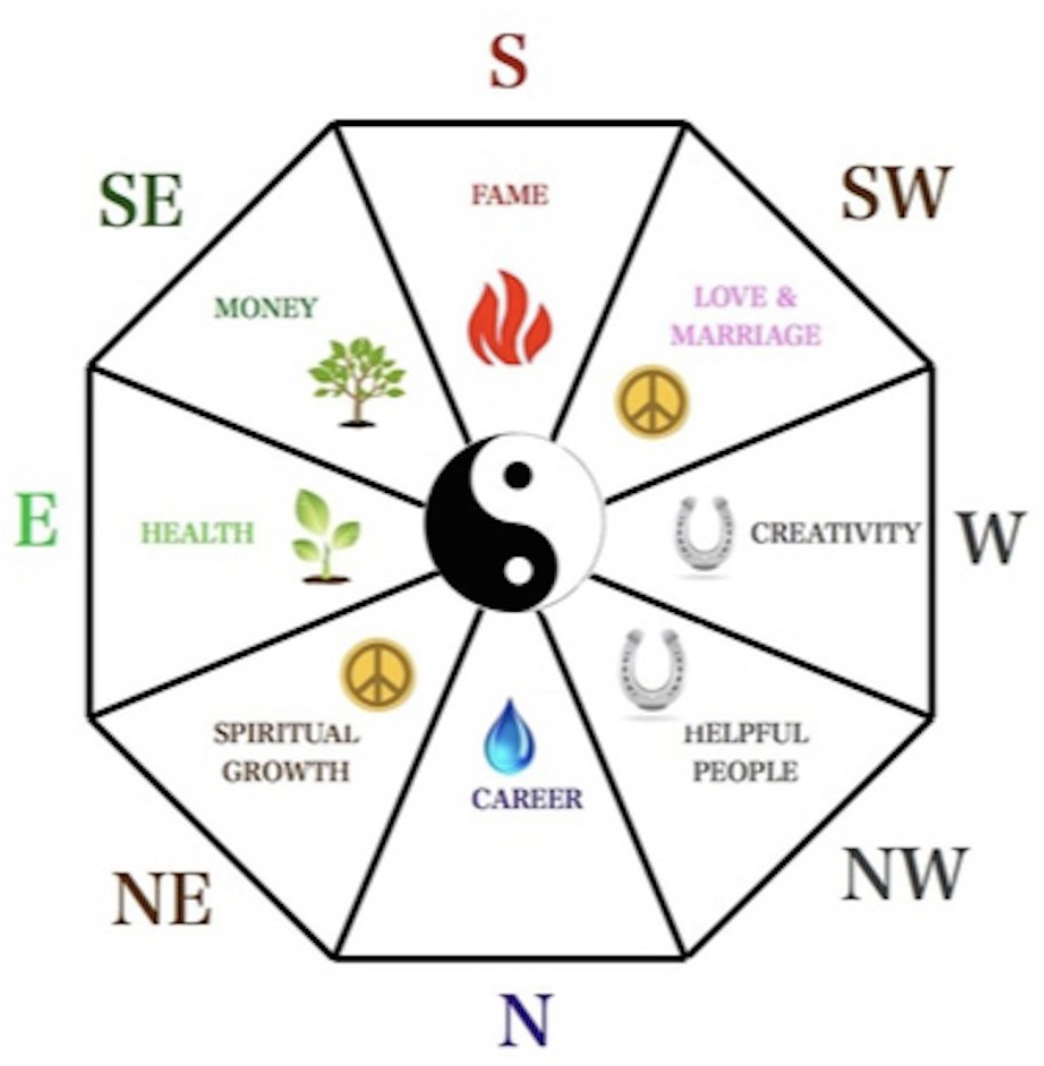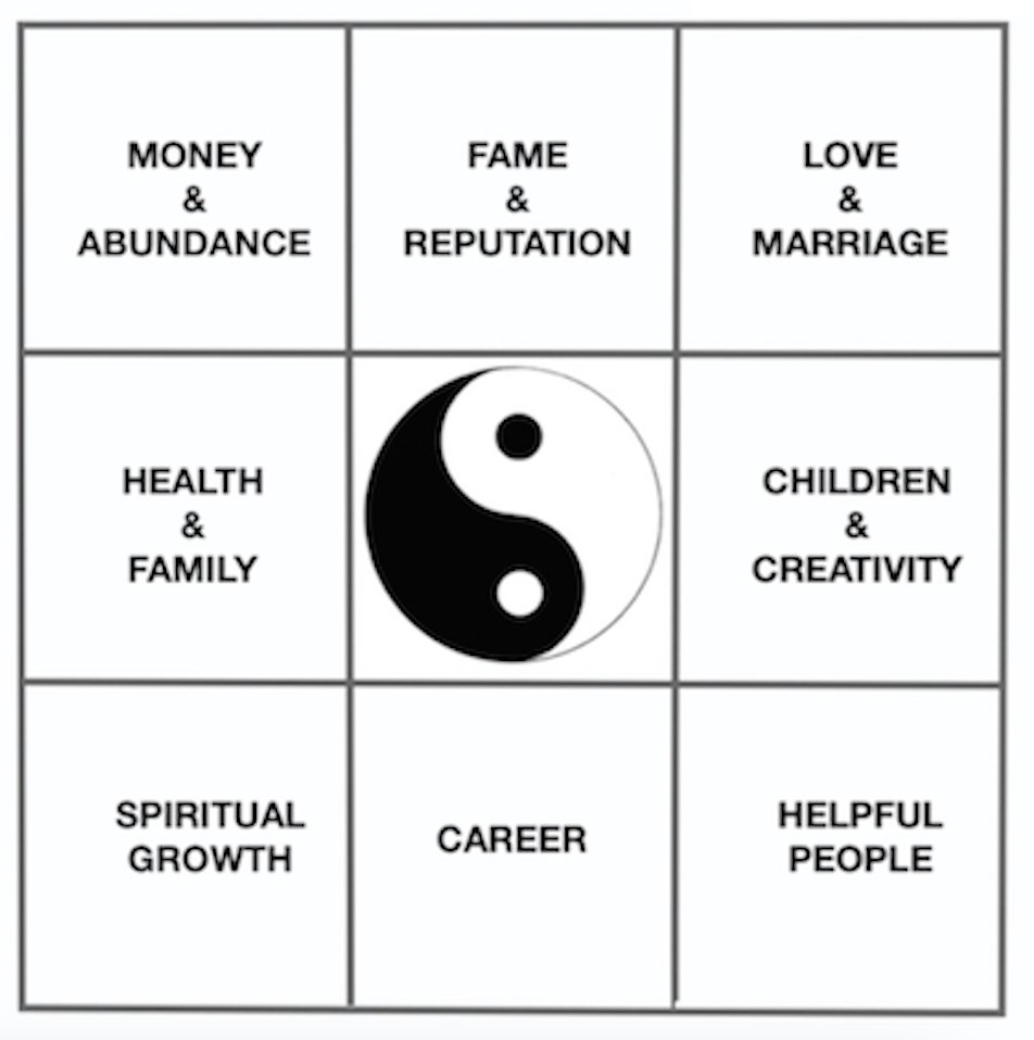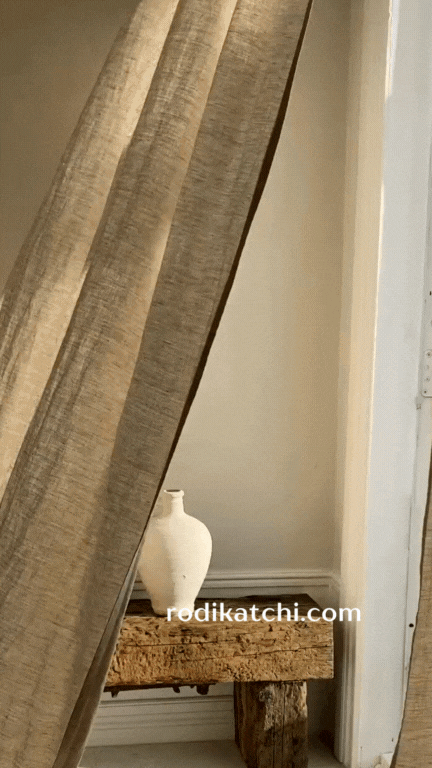Is the Classical feng shui bagua better than the so-called Western, or BTB bagua?
Feng shui can be very confusing. I have been consulting and writing for over 20 years, working with thousands of clients, answering numerous emails, moderating a feng shui forum for several years made it all so clear – there is a need for clarity and simplicity in approaching this complex ancient art and science. Calling feng shui superstition does not work, relying on it as religion does not work, only a clear, practical and logical understanding (and application) of feng shui can work. One of the first points of confusion in applying feng shui is the bagua, or the energy map. Bagua is the main tool that one would use in mapping their home to find out specific areas, or energetic spots that reveal how their space is connected to various areas of their life.
Basically, when you have defined the bagua of your home (or office), you know the location of your Love area, Career area, Health, etc. I am sure you have heard about specific areas of one’s life being connected to specific areas of one’s home. Bagua is the tool that allows you to see this connection, as well as apply specific feng shui tips to balance and strengthen the areas that need help. Sounds complicated, and yes, in many ways, it is. We will take it step by step, and you will get more clarity and reassurance as we go along.
Let’s start with the question that many feng shui enthusiasts usually ask first:
Why are there two baguas in feng shui?
The reason there are two different baguas, or feng shui energy maps, is because there are two main groups of feng shui schools. The first group of schools that is under the umbrella of Classical, or Traditional feng shui, has developed the Classical bagua you can see below. This is the bagua that defines the areas of your home based on compass directions and the first step is the compass reading of your front door.

The second group of schools was initiated by bringing a specific feng shui school into the Western world in the mid-80s. This school is called the BTB school (Black Sect Tibetan Tantric Buddhist School), it was brought into the US by Master Lin Yun. Considered to be created much later in time (as compared to the Classical one), the BTB bagua is easier to apply as it is always based on the location of the front door and does not take into consideration the compass directions.
However, the origins of the bagua map used in the BTB school are ancient, too, and based on the Lo Shu Square. To use the BTB bagua in your home or office, you align the bottom part of the bagua with the wall of the front door, so your front door is always in one of the three lower rows of the bagua. Also called the Western bagua, the BTB bagua has given birth to a variety of modern feng shui schools that often use the word Intuitive in their name. Here is the basic BTB bagua.

Now that you know about the two feng shui baguas, the next logical question is:
Which bagua should you use in your home?
This is a question that basically means “Which bagua is better/more powerful and/or more accurate?” Even though a complex question, it has an easy answer: “Choose the bagua that speaks to you the most, the one you want to work with.” One bagua is not better than the other, I know powerful feng shui work can be done with either one. The most important thing to know is that you should choose one bagua style, and base all your feng shui work on it. Trying to apply both baguas in your feng shui work can bring a lot of confusion to your space (and to your personal energy).
And here is an interesting thing that I would like to share with you. Once you have worked with one bagua style for at least a few years and have based all your feng shui work on it, you can reach a place where you will just know, energetically speaking, how to invite, or apply the wisdom of another feng shui bagua in your work. This is a level that is definitely not for beginners, nor is this a level that is necessary to strive towards. More often than not, it happens by itself once you are comfortable and confident in working with the energy of your home. Here is an example to make it easier to understand when you reach the level of confidence in adding the wisdom of another bagua in your feng shui work.
Let’s consider the location of a facing wall, the one you most prominently see when you enter your home, your office or any specific room. Feng shui-wise, the wall that you first see – unless it is a blocking wall that is too close to the door – is a very powerful wall. This is what smart businesses use to display their name, achievements, powerful ads, etc. In a good feng shui home, this is the wall that needs to carry powerful energy in order to ground and strengthen the incoming energy. Now, let’s say that you use the Classical bagua and this specific wall is in the North bagua area. You know that this area loves the Water and Metal feng shui elements, so you decorate accordingly. After you applied feng shui to all bagua areas of your home, you will inevitably feel the need to strengthen in a specific way each facing, or focal wall of any room, as well as your main entry.
And guess what – this is what the BTB bagua has always emphasized: the facing wall of any space, be it the whole home or any room, needs the energy of inspiration, fire, and illumination (we are referring to the “Light Within”, or the so-called Fame feng shui bagua area). It is the wall that energetically has to “feed” both your personal energy, as well as the incoming Chi, with a specific quality. So, in our example of a North bagua area wall, sooner or later you will feel the need to bring a very inspiring energy with a fiery feel to it, and you will sense how this changes the feeling of the whole space.
This might sound too complicated for now, I know. I can already hear questions on how to combine all this with the annual feng shui updates, which are already confusing for many. And my answer is, as always, to go slow and at your own pace. You are establishing a deep connection to your home, and not a quick obligation. As with any relationship, if you rush into it, the energy might backfire and trigger negativity. Going slow and steady allows you to listen to your home, to understand its rhythms, and to ask for its cooperation with this work. After all, when we are working with the bagua, we are dealing with an ancient, complex and quite a mystical tool. As with any mystery (and mastery), you can’t rush it, you can only go slowly, step by step, with proper respect, patience, reflection, and consistent practice.
Image: @markdsikes_interiors/instagram




